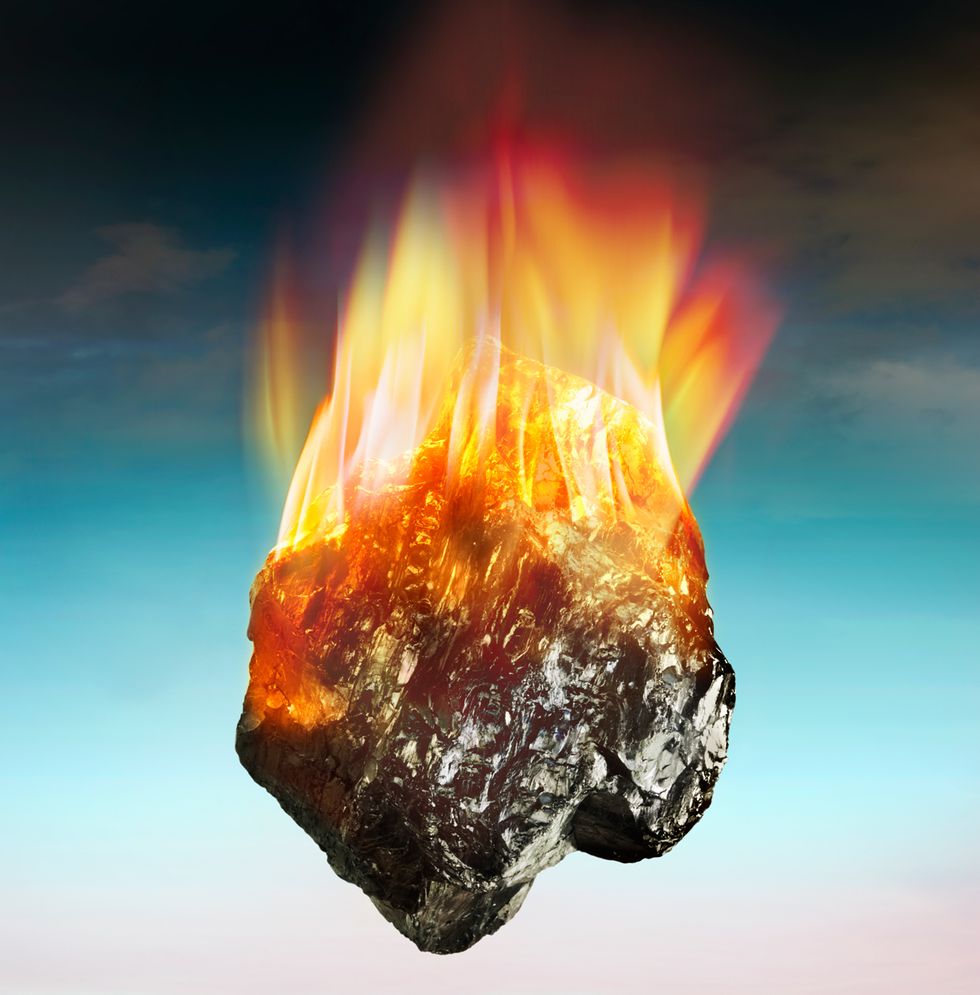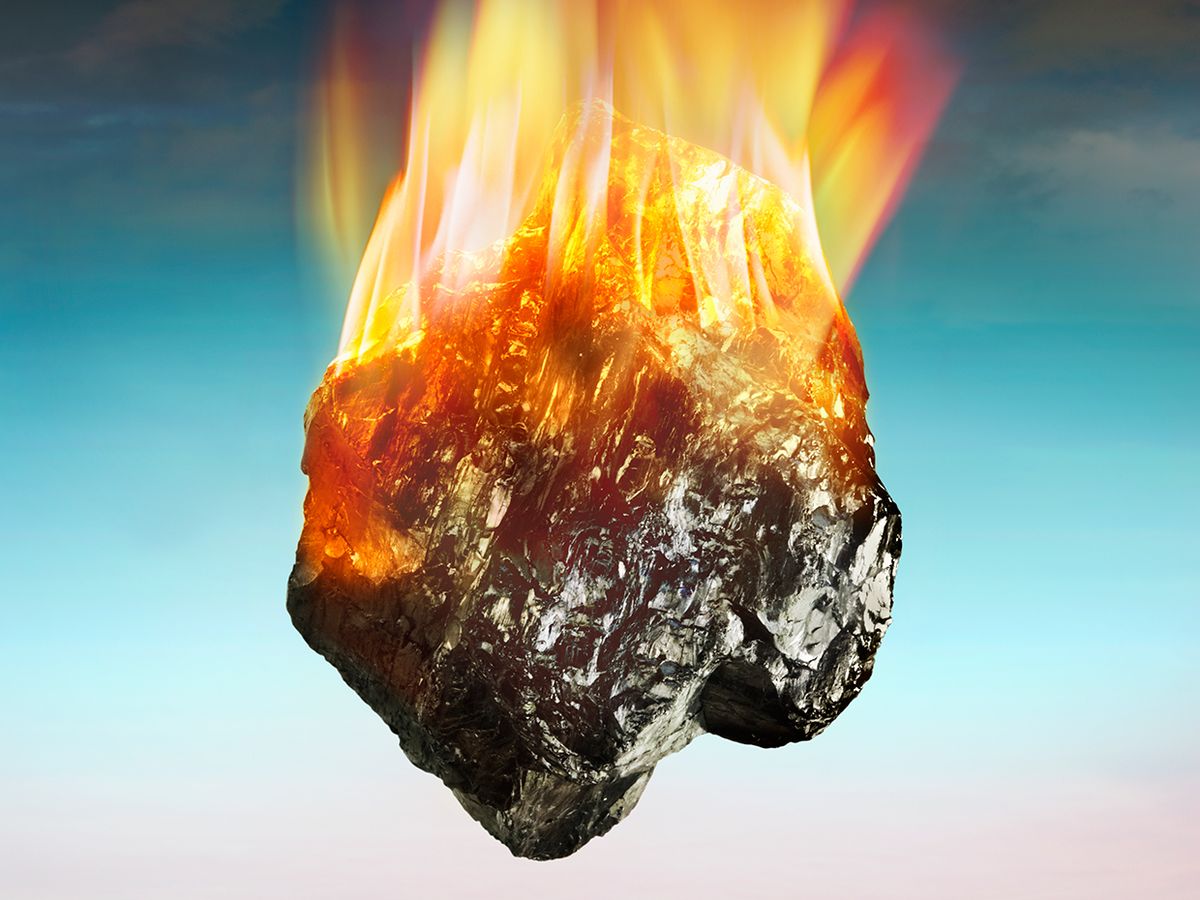
In 1896, Svante Arrhenius, of Sweden, became the first scientist to quantify the effects [PDF] of man-made carbon dioxide on global temperatures. He calculated that doubling the atmospheric level of the gas from its concentration in his time would raise the average midlatitude temperature by 5 to 6 degrees Celsius. That’s not too far from the latest results, obtained by computer models running more than 200,000 lines of code.
The United Nations held its first Framework Convention on Climate Change in 1992, and this was followed by a series of meetings and climate treaties. But the global emissions of carbon dioxide have been rising steadily just the same.
At the beginning of the 19th century, when the United Kingdom was the only major coal producer, global emissions of carbon from fossil fuel combustion were minuscule, at less than 10 million metric tons a year. (To express them in terms of carbon dioxide, just multiply by 3.66.) By century’s end, emissions surpassed half a billion metric tons of carbon. By 1950, they had topped 1.5 billion metric tons. The postwar economic expansion in Europe, North America, the U.S.S.R., and Japan, along with the post-1980 economic rise of China, quadrupled emissions thereafter, to about 6.5 billion metric tons of carbon by the year 2000.
The new century has seen a significant divergence. By 2017, emissions had declined by about 15 percent in the European Union, with its slower economic growth and aging population, and also in the United States, thanks largely to the increasing use of natural gas instead of coal. However, all these gains were outbalanced by Chinese carbon emissions, which rose from about 1 billion to about 3 billion metric tons—enough to increase the worldwide total by nearly 45 percent, to 10.1 billion metric tons.
By burning huge stocks of carbon that fossilized ages ago, human beings have pushed carbon dioxide concentrations to levels not seen for about 3 million years. The sampling of air locked in tiny bubbles in cores drilled into Antarctic and Greenland ice has enabled us to reconstruct carbon dioxide concentrations going back some 800,000 years. Back then the atmospheric levels of the gas fluctuated between 180 and 280 parts per million (that is, from 0.018 to 0.028 percent). During the past millennium, the concentrations remained fairly stable, ranging from 275 ppm in the early 1600s to about 285 ppm before the end of the 19th century. Continuous measurements of the gas began near the top of Mauna Loa, in Hawaii, in 1958: The 1959 mean was 316 ppm, the 2015 average reached 400 ppm, and 415 ppm was first recorded in May 2019.
Emissions will continue to decline in affluent countries, and the rate at which they grow in China has begun to slow down. However, it is speeding up in India and Africa, and hence it is unlikely that we will see any substantial global declines anytime soon.
The Paris agreement of 2015 was lauded as the first accord containing specific national commitments to reduce future emissions, but even if all its targets were met by 2030, carbon emissions would still rise to nearly 50 percent above the 2017 level. According to the 2018 study by the Intergovernmental Panel for Climate Change, the only way to keep the average world temperature rise to no more than 1.5 °C would be to put emissions almost immediately into a decline steep enough to bring them to zero by 2050.
That is not impossible—but it is very unlikely. The contrast between the expressed concerns about global warming and the continued releases of record volumes of carbon could not be starker.
This article appears in the October 2019 print issue as “The Carbon Century.”
